No one is excited to go to treatment
When it comes to enrolling a young adult, or adolescent for that matter, into a treatment program it’s important to highlight the wide spectrum that exists when it comes to willingness. As a Consultant, it’s imperative this is explained clearly to parents. Where I used to use the expression “they will not raise their hand and be excited to go to treatment,” I’ve learned that’s not enough. What I need to say is “you are going to fill sick to your stomach that you are holding a boundary, and your kid is going to pull out every stop in the book to make you feel like crap and second guess your decisions.” Does that always happen? Definitely not. In my world though, it’s very common.
On a scale of 1 to 10, 1 being “pissed beyond measure, but begrudgingly going because they don’t think they have any other choice” and 10 being “super excited to go” I would say the majority of young adults would rate themselves as a 1 or 2. When I work with parents, it’s so hard for them to comprehend that it’s okay if their young adult is at a 1 or 2. What has become more apparent in my practice, is parents wanting their kids to be closer to a 9 or 10 before they head off to a residential treatment program. Let’s be clear, even if the young adult really wants to change and knows it will help, they will still rate themselves at a 1 or 2. I’ll repeat it again to make sure that I’m clear as day: no one is excited to go into treatment. Thinking your kid will be a 9 or 10 is an unrealistic expectation.
What’s hard to comprehend is that once your kid enrolls, there will come a time where they are choosing to be there. They will think less about the day they enrolled, and any animosity they held towards you then will hopefully be water under the bridge. I say hopefully because that totally depends on family therapy and any family work being done while they are in treatment. Will they be excited if it’s clinically recommended that they step down from residential into an extended care program? Again, no excitement. Will it be a 1 or 2? Typically not. At that point, for the most part, these young people see that they have more work that needs to be done and/or going home will set them back rather than continue to propel them forward. In that case, they may show up as a 6. Glass half full tells me that they are close to 10 than 1, which is a major win!
In the end, no young person is willing to go. Any parent reading this needs to understand that getting them into a treatment program willingly does not mean you drive them up to treatment and they excitedly wave back to you in your car as you drive away. That’s grossly inaccurate of how this goes down. They are not thrilled. Sometimes there is an Interventionist. Sometimes there is a transport service. Often the young adult has a temper tantrum. It’s ugly. It can be messy, and they will willingly go, and that image of willingly is much different than most envision.
For questions or comments contact Joanna.
